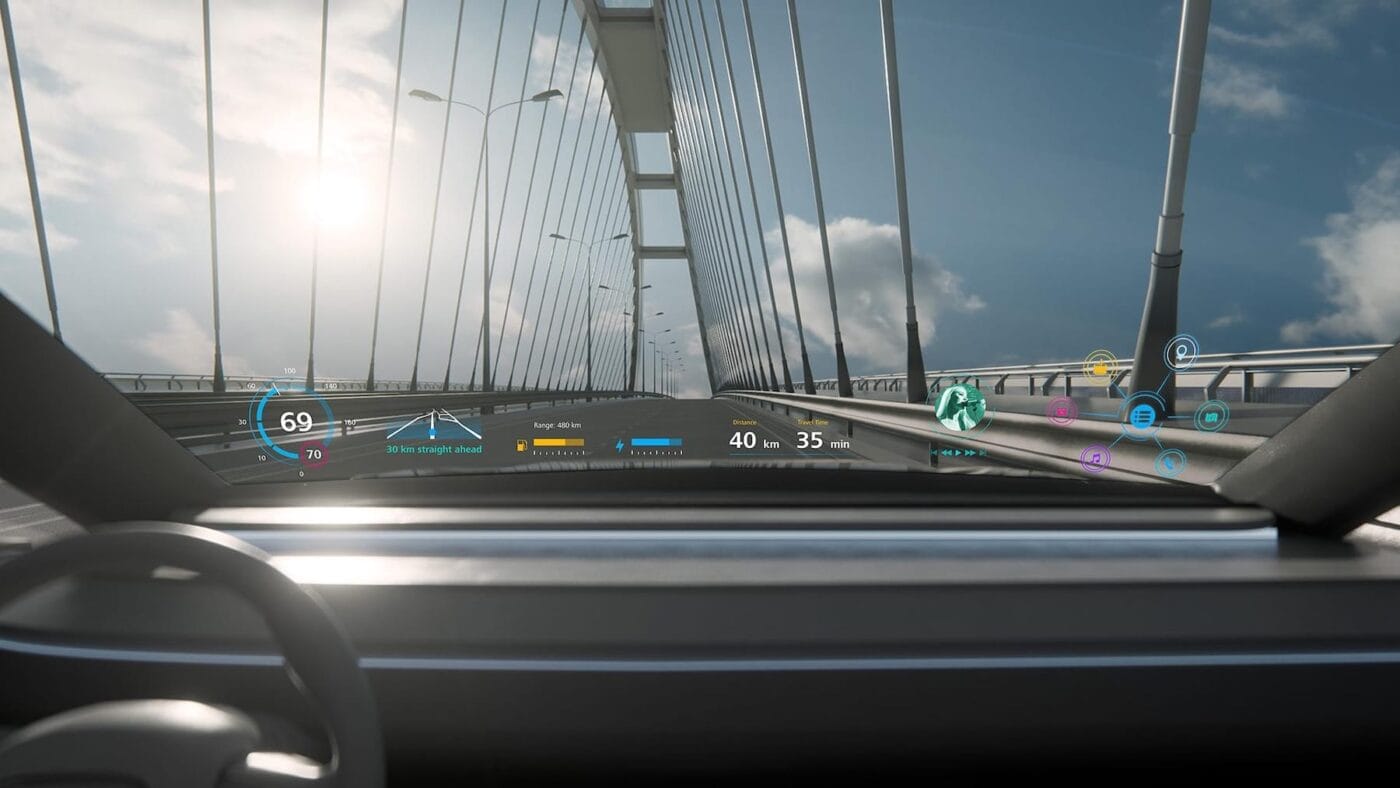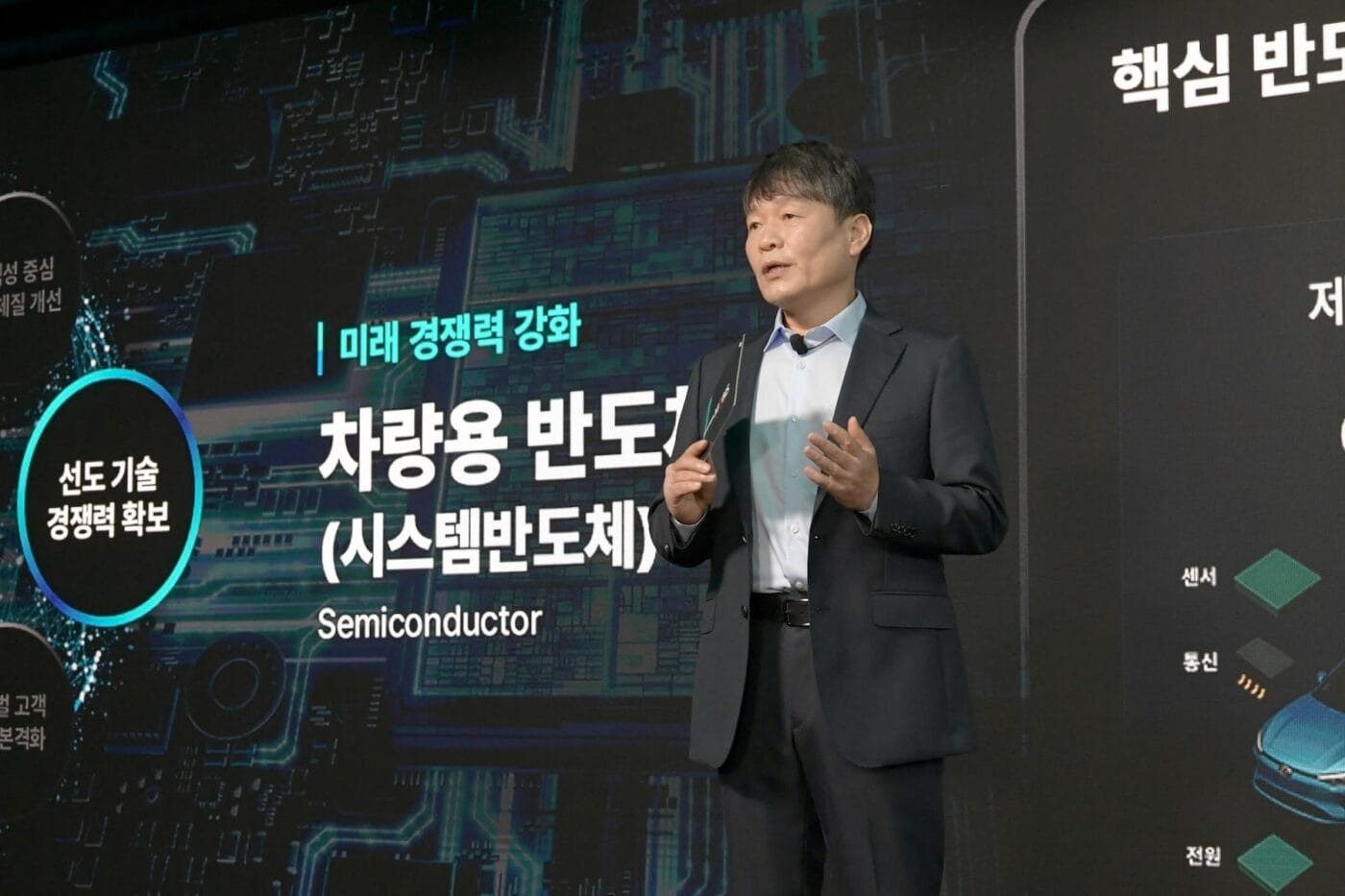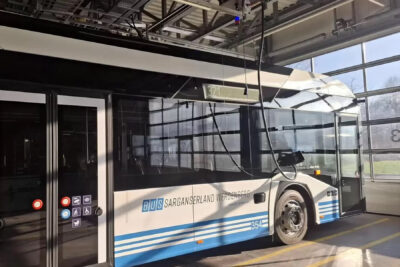Hyundai Mobis to focus on SDVs, semiconductors and battery safety
Hyundai Mobis is one of the world’s largest automotive suppliers and belongs to the Hyundai Motor Group. However, the company has long since expanded beyond supplying the Hyundai Group’s car brands and, according to its strategy update, aims to generate around 40 per cent of its revenue from customers outside the Hyundai Group by 2033. Car companies such as Mercedes-Benz and Stellantis are already customers of the company. Hyundai Mobis is also currently building a plant in Spain where battery systems for the VW Group will be assembled.
Batteries are therefore one of the most important topics for the future at Hyundai Mobis: at the CEO Investor Day in Seoul, CEO Lee Gyu-su spoke, among other things, about the importance of battery systems for the supplier. Hyundai Mobis is improving battery safety with systems that block heat transfer between cells using fireproof materials and an automatic fire protection system that is activated in the event of ignition. Hyundai Mobis had already presented a battery system with an integrated fire extinguisher in April.
Another key topic is software-defined vehicles (SDVs): In this area, Hyundai Mobis is developing a standardised platform based on its E/E architecture, which enables software-based control for various vehicle types and represents a kind of ‘nervous system’ for modern cars. Full commercialisation is planned for after 2028, once the platform has been developed and a corresponding prototype has been demonstrated. Why is this so important for Hyundai Mobis? The company is currently expanding its business from pure hardware supplies (brakes, airbags, lamps, etc.) to system and software solutions, and E/E architecture is a core area in this regard.

Another interesting development is the ongoing partnership with German optics company Zeiss. This involves a next-generation windscreen display that uses holographic optical film to transform the windscreen into a transparent screen. This technology, which was first unveiled at CES 2025, is being developed in collaboration with Zeiss Microoptics and is expected to hit the market around 2029.
Automotive semiconductors and robotics continue to be growth areas. Hyundai Mobis is pursuing a two-pronged strategy for semiconductors: system semiconductors and power semiconductors. The company is developing communication SoCs and battery monitoring ICs while accelerating the internal mass production of power semiconductors – critical components for electric car drive systems.
In the field of robotics, Hyundai Mobis intends to expand the market for actuators. Actuators, which control the movement of a robot, share core components with electronic control systems and account for over 60 per cent of the production costs for humanoid robots. The company is starting with actuators and plans to expand into sensors and controls.
This article was first published by Florian Treiß for electrive’s German edition.





0 Comments